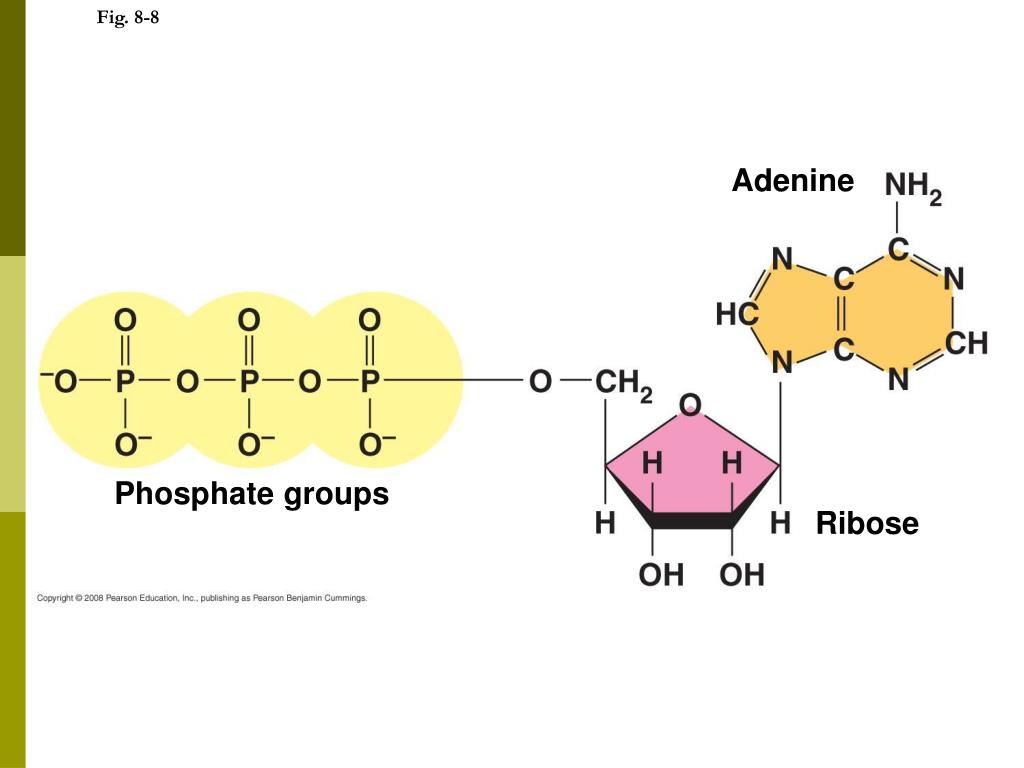

Ferguson, in Bioenergetics (Fourth Edition), 2013 9.13 The ATP Synthase Inhibitor Protein IF 1įurther reading: Campanella et al. monocytogenes is involved in the induction of the ATR in this bacterium ( Cotter et al., 2000).ĭavid G. This mutant demonstrated that the F 0F 1-ATPase of L. monocytogenes that is not compromised in fitness. In addition, we have created a partial insertion mutant in the F 0F 1-ATPase in L. Administration of DCCD, an ATPase inhibitor demonstrated that the ATPase is involved in acid tolerance and the ATR ( Datta and Benjamin, 1997). However, 2-dimensional gel electrophoresis studies have shown that the listerial F 0F 1-ATPase subunit is induced as a consequence of exposure to mild acid treatment ( Phan-Thanh and Mahouin, 1999). We have been unable to create clean deletion of the genes encoding the system in L. It is clear that naturally acid tolerant organisms possess F 0F 1-ATPases with lower pH optima ( Sturr and Marquis, 1992 Martin-Galiano et al., 2001).Īnalysis of the role of the F 0F 1-ATPase in acid tolerance is limited by the fact that the system is essential for life in many bacterial species ( Koebmann et al., 2000).

The inherent acid tolerance of various bacteria is related both to the levels of F 0F 1-ATPase, as well as to the pH optima of the enzymes. pneumoniae ( Martin-Galiano et al., 2001) transcription of the F 0F 1 operon is induced by exposure to low pH. For many bacteria, activity data demonstrate that a lowering of the intracellular pH is accompanied by induction of the F 0F 1-ATPase ( Koebmann et al., 2000 Kuhnert and Quivey, 2003 Kullen and Klaenhammer, 1999), while in a number of bacterial species, including Lactobacillus acidophilus ( Kullen and Klaenhammer, 1999), S. As a consequence of the latter mechanism, it is thought that the F 0F 1-ATPase can increase the intracellular pH in situations where it becomes acidified. The role of the F 0F 1-ATPase in organisms capable of oxidative phosphorylation is to synthesize ATP aerobically as a result of protons passing into the cell, and to generate a proton motive force (PMF) anaerobically, via the expulsion of protons. The function of the cytoplasmic domain is to catalyze the synthesis of ATP when protons move from the outside of cells into the cytoplasm, through the membrane-bound domain, or to hydrolyze ATP when protons are moved out of the cell. Functionally, this multisubunit enzyme is organized into two distinct, but physically linked domains the catalytic portion (F 1) is cytoplasmic and incorporates the α, B, γ, δ, and ε subunits, while the integral membrane domain (F 0), including the a, b, and c subunits, functions as a membranous channel for proton translocation ( Sebald et al., 1982). The F 0F 1-ATPase has a fundamental role in the maintenance of pH homeostasis. Gahan, in Advances in Applied Microbiology, 2008 C F 0F 1-ATPase The only integrated A 0A 1-complex was isolated from the methanogen Methanococcus jannashii. The peripheral substrate-binding A 1 moiety has been identified from many Halobacteria, Sulfolobales, and Methanobacteria. Archaea contain A 0A 1-type ATP synthetases that structurally resemble the eukaryotic vacuolar V-type ATPases (⇒) but, in contrast to the latter, function as ATP synthetases driven by an ion-motive ΔμH + or ΔμNa + according to the rotational reaction mechanism of F 0F 1. F 1 extends to the cytosol and bears the substrate-binding sites F 0 is the membrane integral ion-conducting subcomplex. Functionally, the ATP synthases are reversible ion-transporting ATPases driving the reaction ADP + Pi → ATP + H 2O by dissipation of a ΔμH + or ΔμNa + across the membrane. Bacterial ATP synthetases and those of mitochondria and chloroplasts are of the F 0F 1 -type (⇒). Schäfer, in Encyclopedia of Biological Chemistry (Second Edition), 2013 Secondary Energy TransducersĪTP synthetases (⇒) are the most important universal secondary energy transducers integrated into plasma membranes.


 0 kommentar(er)
0 kommentar(er)
